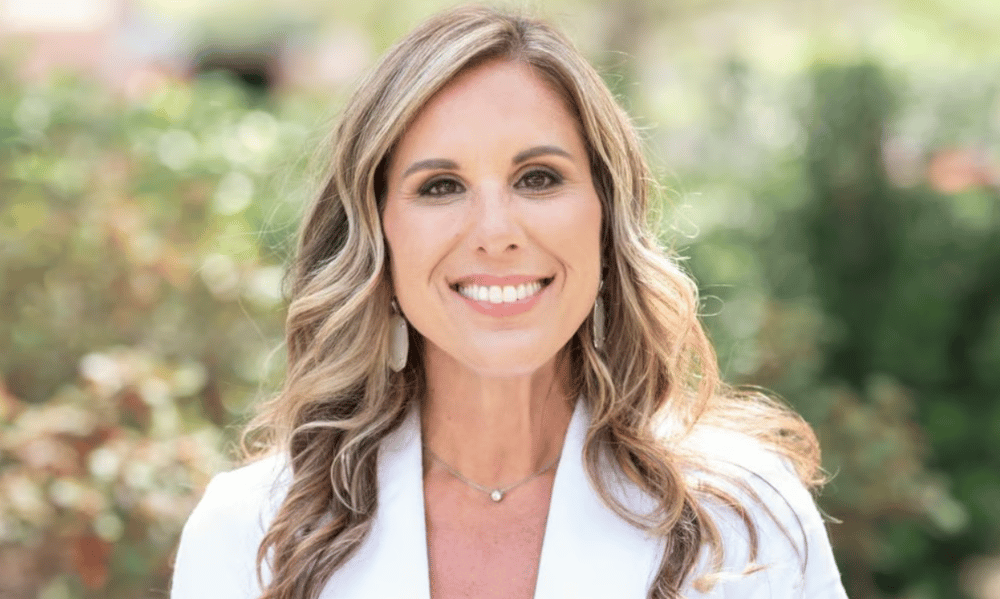ASL fluency bridges gaps most lenders don't see

Communication gaps in the mortgage industry can often block access to homeownership – including for deaf clients. But Jaime Rhude, a loan officer with Future Homa Loans in Florida, said her upbringing as a CODA (child of deaf adults), which saw her grow up fluent in American Sign Language (ASL), instinctively attuned her to the unique barriers deaf clients face.
“My whole family's deaf. My mom, my dad, my aunts, my uncles, my grandparents on both sides, and some cousins,” she said. “I've helped deaf clients. I've done signing videos.”
For Rhude, helping deaf clients isn’t a business initiative – it’s a continuation of a lifelong role. “I was their ears. Always doing everything on their behalf,” she said. “It gives me another compassionate… I look at it differently than maybe somebody else because I dealt with that.”
Linguistic barriers and lending gaps
Mortgage paperwork is complex for everyone, but it can be especially alienating for borrowers who are deaf. Many use ASL as a first language, and written English doesn’t always align with how they communicate.
“It’s a language barrier. They don’t look at English like how we would,” Rhude said. “Their terminology’s broken up. It’s a little bit different.”
That gap often forces deaf borrowers to rely on lip reading, family members, or guesswork when reviewing critical documents. Rhude closes that gap by providing direct, clear communication in ASL.
“When they see that I know mortgage, they’re like, ‘Oh my God, you can help us.’ And then they trust me because I can sign. I can communicate.”
Representation and real accessibility
Rhude creates ASL video content for clients, aiming to make the mortgage process more inclusive from the start – not just more palatable after the fact.
“I’ve helped a few deaf clients in my time,” she said. “It’s just another element of inclusivity. That’s what people want.”
According to the National Deaf Center, roughly 1.9% of people in the U.S. are deaf, and their employment rate remains far below that of hearing individuals – 53.3% compared to 75.8% in 2017. These systemic barriers highlight how much access still depends on effective communication and culturally competent service.
“It is a disability for them,” Rhude said. “Because I grew up with it, I know what it’s like. That’s why I give back.”
A career that connects – and changes industry norms
Rhude’s visibility in the mortgage industry has made her a go-to for both clients and colleagues navigating accessibility questions. Her ability to sign fluently and navigate financial systems makes her a rare and trusted resource.
“It’s fascinating. Because I built the relationships even when I wasn’t in mortgage,” she said.
Stay updated with the freshest mortgage news. Get exclusive interviews, breaking news, and industry events in your inbox, and always be the first to know by subscribing to our FREE daily newsletter.



